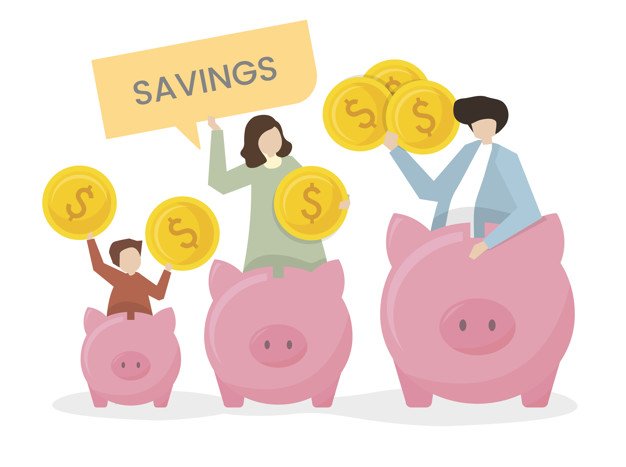Even though the vast majority of price predictions for Bitcoin in 2018 were way off the mark, commentators continue to push their forecasts for Bitcoin in 2019. There is the number of cryptocurrency price predictions out there, and many different factors driving them.
Should you listen to them? Always take price predictions with a grain of salt. As an investor, you have to make your own decisions. One of the soundest investment decisions you can make is to never invest money you can’t afford to lose, especially in more speculative investments like cryptocurrency. However, the price gains that you could enjoy are enormous.
Millennial Investors Will Drive Bitcoin Price Growth in 2019:
How Did Past Predictions Turn Out?
At the end of 2017, there was virtually no limit on Bitcoin price predictions. Some pundits claimed that Bitcoin prices would reach $100,000 or higher, and some pretty colorful language has been used to express confidence in Bitcoin going as high half-a-million dollars in 5 years. Unfortunately, past bullish sentiments didn’t come to pass.
On the other hand, many are now seeing 2018 as the correction that had to happen for prices could bounce back. With the Nasdaq, the second largest stock exchange in the world, vowing to launch a Bitcoin futures exchange, the cryptocurrency is far from dead.
Who’s Driving Bitcoin Investment?
The short answer: millennials. Millennial investors know that the factors driving economic growth today aren’t the same as when their parents were saving for their retirements. Millennials want to invest differently than the way their parents have.
Millennials are more open than their parents to growing wealth through digital currencies, and it’s through them that products like Bitcoin will reach widespread acceptance as an investment vehicle.
2019 Bitcoin Price Predictions:
The real question is, what are the experts predicting for 2019? Depending on who you ask, predictions range from prices hovering near $3,500 to more optimistic predictions that prices will near $10,000 by the end of the year. More optimistic price predictions are grounded in upcoming developments such as the Bakkt futures market and growing interest from institutional investors. Mutual funds getting involved in Bitcoin futures will make a major difference for speculative investors hungry for a new commodity to sink their teeth into.
But there are going to be two essential indices that you should keep on eye on:
1) Will cryptocurrencies start to move in different directions? To date, cryptocurrencies have generally moved in tandem, with Bitcoin leading wider market movements.
2) How will stock markets move? There’s a convincing argument to be made that Bitcoin already resembles gold in a number of ways, and gold has a historic pattern of rising prices when stock markets. If the S&P drops, will Bitcoin follow suit?
Buy Bitcoin Now:
If the 2018 Bitcoin price correction has been good for anything, it’s providing a window of opportunity for new investors. If you want to buy Bitcoin, check out Bitbuy or another cryptocurrency exchange offering low fees and fast ways to buy Bitcoin.
A reliable cryptocurrency exchange is your gateway into the world of Bitcoin. If you’re ready to grow your wealth with a new type of commodity, buy Bitcoin today.
Read Also:






















